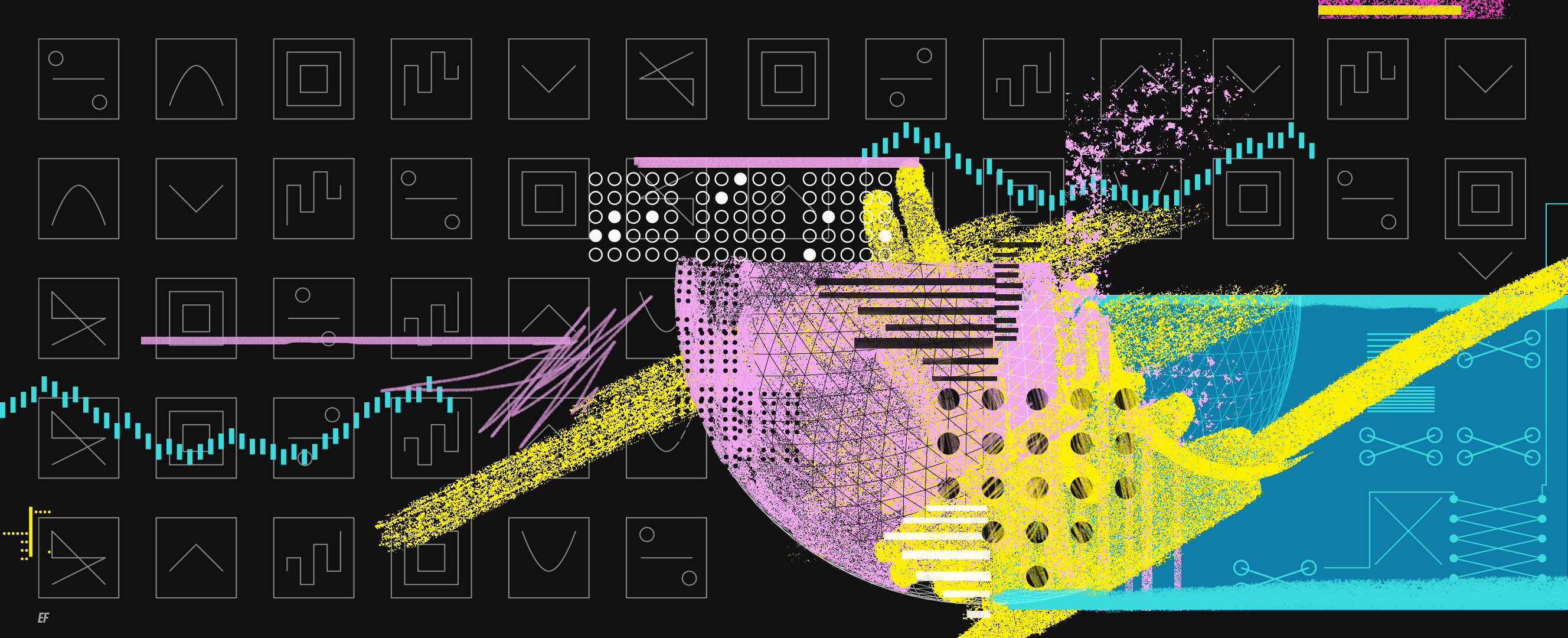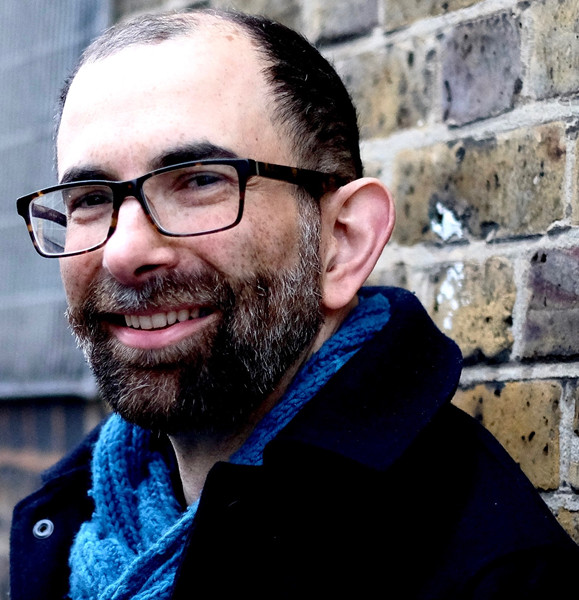Economists turned classical word-based political economy into a mathematical discipline
Today’s economists rarely consult Adam Smith’s 1776 The Wealth of Nations, however celebrated it is for revealing the workings of the market. Contemporary practitioners are often more at home with concise journal articles full of crisp equations than with Smith’s substantial tome, a sweeping work of historical and social as well as economic analysis that takes more than a few afternoons to wade through.
Smith is often considered the father of modern economics—and in the late 20th century his legacy was claimed by advocates of free markets and limited government—but contemporary economists’ modeling and mathematics toolbox has little in common with Smith’s literary, humanistic methods. Later economists often claimed proof for Smith’s famous notion of the “invisible hand” in their highly abstract “general equilibrium” theory, with its explanation of the conditions needed for a socially efficient market economy. It was Smith’s hazy metaphor pinned down by cutting-edge math, which to be usable was applied to a model of the economy so simplified that Smith would hardly have recognized it.
But the story of how the wordy “political economy” of the 18th century turned into the mathsy "economic science” of the 20th is more circuitous than a Smith-centered account would suggest. An early tremor of the modeling earthquake that would later transform economics came to France in the decades preceding the publication of Smith’s magnum opus. At the palace of Versailles, François Quesnay, the personal physician of Louis XV’s chief mistress, Madame de Pompadour, took up economics in his sixties and gathered a following that formed the first school of economic thinkers. Quesnay drew on the circulation of blood in an organism to create the first economic model, the 1758 Tableau économique, a diagram made up of zigzags that depicted the circulation of money and goods in an economy.
Enlightenment rationality
Writing on the eve of the Industrial Revolution, Quesnay believed that the ultimate source of economic value lay in agriculture, in particular in “net product”: what was left after farmers had taken what they needed for their subsistence. When farmers paid rent, landowners bought clothes and furniture and artisans bought food, the surplus moved through and powered the economy (the zigzags represented connected rounds of spending). In this way, the Tableau foreshadowed John Maynard Keynes’ theory of the circular flow of income and the multiplier developed in the 1930s. A devotee of René Descartes and French Enlightenment thought, Quesnay attempted to analyze the economy using principles of consistency and rationality, watchwords for the modern economist; in earlier eras economic thinking was not systematic in its method and was heavily influenced by tradition and religion.
Another step toward the modern style of economics took place in the early 19th century when a wealthy stockbroker, David Ricardo, after reading The Wealth of Nations was inspired to develop his own system of economics, bringing a new standard of rigor and logic to the field. He imagined the economy as a giant farm whose land varied in fertility. When the population increased and there was more demand for food, farmers would have to plant their crops on less fertile land. Farmers on more fertile land, however, did not earn higher profits as a result; instead the landlords gained because farmers competed for the best land and were willing to pay more for it. Ricardo started off with a few assumptions and followed the logical implications relentlessly through long chains of reasoning, eventually concluding that landlords tended to gain at the expense of workers and capitalists.
Ricardo’s efforts delighted one of his readers, the essayist Thomas De Quincey, who until then had been thoroughly fed up with what he considered the ineptitude of most economists of the day. (He claimed that any person of sound mind could easily “bray their fungus-heads to powder with a lady’s fan.”) But on being given a work by Ricardo and perusing the first chapter, De Quincey was filled with wonder. Ricardo had finally uncovered proper economic laws, De Quincey believed. They were “a ray of light into the unwieldy chaos of materials” that lesser economists could only flounder in as they tried but failed to make sense of the messy reality.
Small economic worlds
Ricardo’s clever use of simplification and assumption allowed him to focus on the essentials of the problem at hand—to build a model of the economy. Ricardo made his models mainly verbally, Quesnay diagrammatically; neither used the abstract mathematics employed in today’s economics. A contemporary historian of the economic method, Mary Morgan, argues that the modern discipline emerged as economists began imagining “small worlds”: distillations of economic reality as models, mathematical or otherwise, which over the 19th and 20th centuries became the basis of the subject. Just as a botanist examines the characteristics of butterflies, so economists investigate how one model behaves and how it compares with others, sometimes with little reference to the larger world the small world is supposed to represent. In this way, economists “inquire into” their models. They also use their models to “inquire with”: to see what a model actually implies about the larger world outside. Armed with his Tableau, Quesnay argued that high taxes on France’s peasantry were stifling the economy because they reduced the size of the precious net product.
One of the most well-known small worlds in economics is the ingenious Edgeworth box every economics student learns about: a simple rectangle containing points that represent a pair of goods (apples and bananas, say) allocated to two people who comprise the economy. On top are overlaid “indifference curves,” which represent each person’s preferences for the two goods. Starting from some initial distribution of apples and bananas to the two people, the diagram shows how an exchange of goods can take place to reach a “socially optimal” outcome (when neither person can gain from a further trade without the other losing out).
From any starting point in the box it’s possible to trade toward an efficient position. Possible starting points include each person having a similar amount of goods or one person having almost everything and the other nothing. In this way efficiency and distribution are separated out: some outcomes might be efficient but highly unequal. The diagram shows elegantly a foundational result of economics—the first welfare theorem, which establishes the efficiency of competitive markets—and its geometry can easily be translated into the language of mathematics and into the sophisticated general equilibrium theory that some take to be the modern incarnation of Smith’s economics.
Mathematical method
The Edgeworth box, named after Francis Edgeworth, a mathematician and economic theorist in the late 19th century, formed part of the so-called marginalist revolution in economics, which introduced the use of calculus to represent “marginal” changes in variables, such as marginal utility, the change in a person’s utility as a result of a small change in the consumption of a good. From then on, the small worlds of economics would increasingly be made up of equations. During the 20th century, diverse areas of economics were taken over by the mathematical method, including the macroeconomics that developed from Keynes’ work, the growth theory pioneered by Robert Solow, and the modern industrial economics based on game theory, as well as the econometrics that connected theoretical models with the data.
The shift from the classical to the modern neoclassical approach to economics wasn’t simply a matter of style but reflected a new way of looking at the world. Smith depicted people as driven by all sorts of motivations and desires. When doing business they would haggle to strike a good bargain, but they were also prudent, upstanding, and sympathetic toward others—and capable, too, of getting bored and disheartened. To fit economic behavior into its tight models, the modern discipline jettisoned these complex portraits of humans in favor of those that were simpler and highly stylized. Inside Edgeworth boxes live not passionate human beings but bloodless “economic agents”: self-contained dots of consciousness who don’t scheme and hustle or get jealous and dispirited but calmly make consistent choices between the array of goods available to them. Their identity consists solely in their ability to choose according to rational precepts, and their single-mindedness makes it easy to lock them up in a simple rectangle or equation.
Ricardo used his theories to press for abolition of Britain’s Corn Laws, and on hearing him make the case, one member of Parliament said that Ricardo “argued as if he had dropped from another planet.” Clearly, Ricardo’s rigorous style of reasoning seemed new and strange, but the charge that economists are otherworldly still echoes. The great early 20th century Austrian economic thinker Joseph Schumpeter deplored some of the consequences of the transformation of economics into a modeling discipline. In particular, he attacked Ricardo for devising theories that left out important but inconveniently complicated aspects of social reality. Schumpeter argued that to form his chains of logic, Ricardo had abstracted and simplified so drastically that his results were practically tautologies. Schumpeter was too hard on Ricardo, but critics continue to accuse economists of indulging in something like the “Ricardian vice”—forever playing with economic models that are ingenious and elegant but completely unrealistic.
In the early years of this century, economists were lambasted for failing to foresee the global financial crisis. Their assumption of “rational agents,” it was said, made them oblivious to the irrationality and malfeasance in plain sight in the spheres of high finance. They lacked the breadth of the classical economists, and their narrow vision failed to detect the pathologies in the real economy that would cause economic misery for so many. Similarly, the negative consequences of rising inequality are now recognized by many economists, but has this realization come in spite of their theories? In the small world of the Edgeworth box, the distribution of resources is represented by the placement of a dot in a rectangle, an abstraction so radical that it completely excises the messy history of institutions and power that influence who wins in the struggle for wealth.
Have economists done too much inquiring “into” at the expense of inquiring “with”? If so, then the remedy isn’t necessarily to ditch modeling and mathematics but to use them more deliberately in support of economics’ early humanistic values. The ingredients may already be available. Alongside neoclassical economics, there have always been unorthodox traditions of economic thought based on a diversity of methods, and recently the mainstream branch of the discipline has begun to broaden its approach. In particular, the burgeoning field of behavioral economics has introduced more realistic economic models that use psychological concepts. And the success of Thomas Piketty’s 700-page Capital in the Twenty-First Century shows that there’s still appetite for fat books that present big historical narratives and powerful critiques of contemporary capitalism.
Good economics is likely to continue to depend on new theories that simplify in useful ways while striking the right balance between models as objects fascinating in themselves and as instruments to peer into the unwieldy chaos of economic reality.
Opinions expressed in articles and other materials are those of the authors; they do not necessarily reflect IMF policy.









